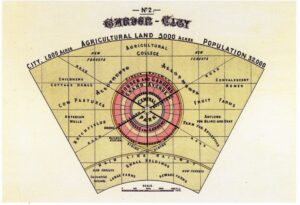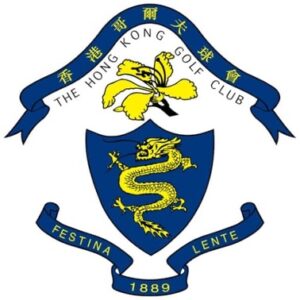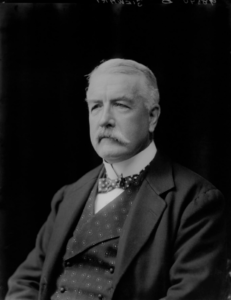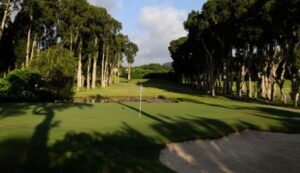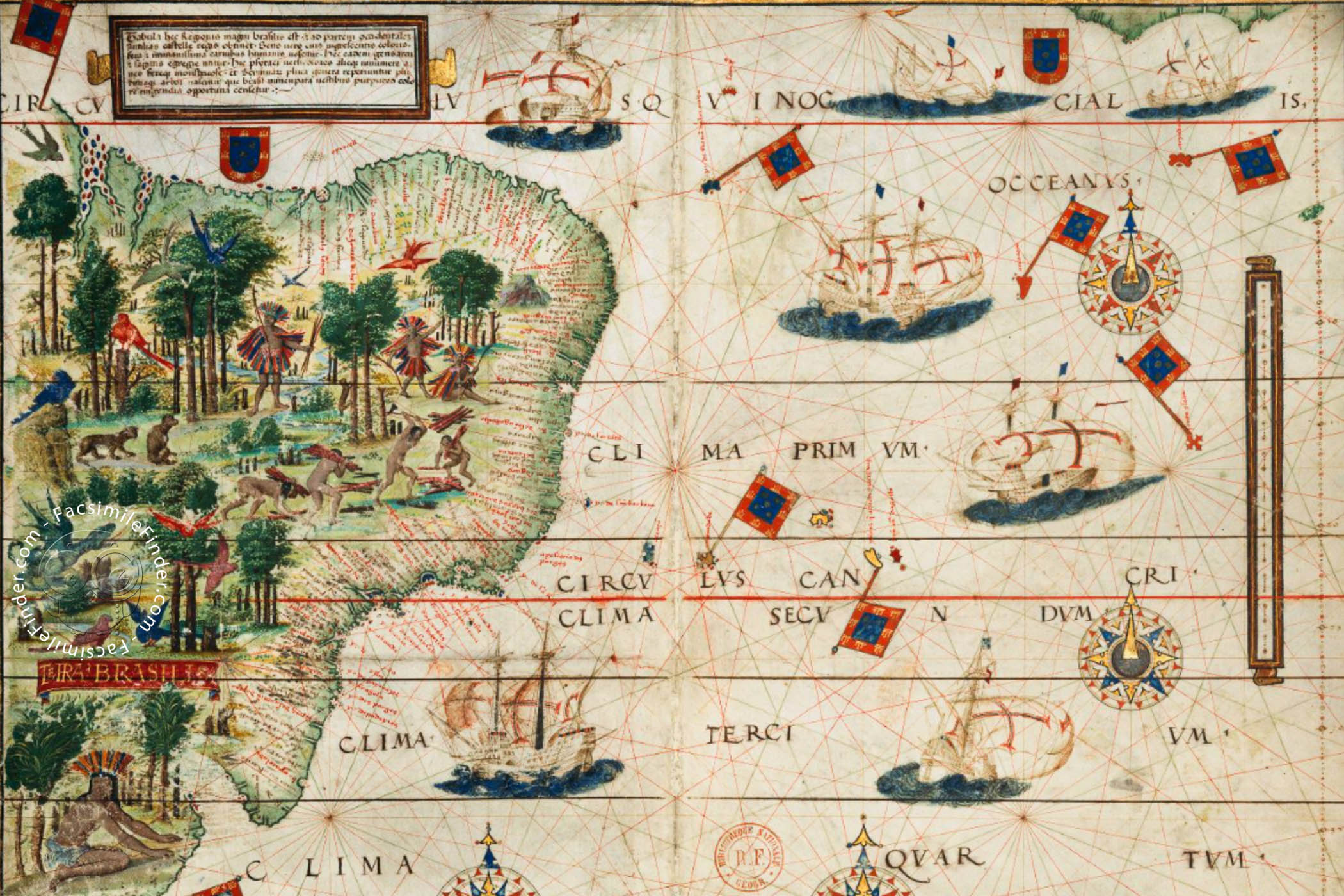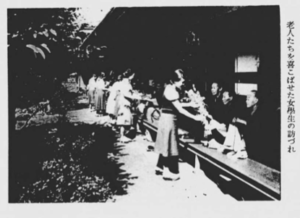The domestic space within Chinese households has changed drastically because of socialism and communism, but not all credit can be given the to the change of politics. Instead, credit must be given to the washing machine, which significantly reduced the time in which household chores took women in particular to complete. Although the introduction of the washing machine was an economic development created by the government, the extent in which it allowed women to become liberated could arguably not have been a part of the economic plan. However, consumption overpowered the gender dynamic set out within Chinese households and the washing machine and other household products such as the sewing machine and electric cooker succeeded in making households less restrictive.1
These types of changes became more common within East Asia because of the west’s consumerism influencing countries such as Japan, China and even the Philippines. These new inventions were not only taking over the world but also the domestic roles within households. ‘The daily American newspapers, such as the Manila Daily Bulletin, Manila Times, and Cable news quickly delivered new ideas to Philippine cities through foreign products and lifestyles.’2 Change was beginning to take root within private spaces, a place which had been somewhat difficult to change through colonisation, but western products had unintentionally shifted the foundations of domestic spaces. Through the use of advertisements these western products enabled households to normalise the convenience and necessity of buy washing machines because they were labelled as sanitary and affordable.
‘The pasig river laundry is bound to go out of business. No one can afford to be without the Boss washing machine. It does the work, saves the clothes, is sanitary and economical.’3
By the 1980’s washing machines and televisions became an expected gift within wedding ceremonies because they were classed a essential products for a newly weds first home. This meant that even rural communities within China were experiencing the western influence and the extent of which this influence was modernising China. Not only that but by introducing televisions to the household, there would be no escape from advertisements. Newspapers, magazines, and televisions would become an essential product for the government to boost their economy through ensuring that people would be convinced to buy these products. However, as stated, it could be argued that the result of promoting these products was not to influence a change within the domestic space, which would shift the expectations placed on women. The washing machine was intended to benefit women and make their housework less time consuming, but the free time in which it provided enabled women to create lifestyle changes. They became restless and looked for employment and because they were able to watch television, a whole new world opened up to them.
‘The need for increased production and availability of consumer durables has been overtly linked by the political leadership to women’s liberation and to the widespread desire among the Chinese citizenry to raise their standard of living.’4
The issue that China perhaps did not predict by boosting their economy through western products was that by allowing households to purchase and watch television, they were enabling them to observe other lifestyles within different spaces throughout the world. This enabled a new demand for better living conditions and social standards. Therefore, the changes presented within the domestic space caused people to become restless because they wanted the same changes to happen outside the home. Furthermore, was even more predominant during Chinas decollectivization period which resulted in less work for villagers because of their work being mostly farm based. The lack of social activity outside of the home resorted in villagers remaining in the home. ‘Noticeably, Xiajia residents spent their increasingly abundant spare time almost entirely in their homes, either in front of the television or at a mahjong table, because there was so little to do in the community.’5 The lack of activities within communities caused households to become dependent on televisions and therefore, this enabled the influence of consumerism to take hold of households which would change not only the expectations place on gender, but also the traditional layout of Chinese homes. How they cleaned, cooked and socialised shifted because products such as the washing machine, television and electric cooker changed the dynamic of housework.
- Jean C. Robinson, Of Women and Washing Machines: Employment, Housework, and the Reproduction of Motherhood in Socialist China (The China Quarterly, 1985) pp.40-43. [↩]
- Kiyoko Yamaguchi, The New “American” Houses in the Colonial Philippines and the Rise of the Urban Filipino Elite (Philippine Studies, 2006) p.419. [↩]
- The Cablenews (1905) p.3. [↩]
- Jean C. Robinson, Of Women and Washing Machines: Employment, Housework, and the Reproduction of Motherhood in Socialist China (The China Quarterly, 1985) p.45. [↩]
- Yunxiang Yan, Private life Under Sosialism: Love, intimacy, and family change in a Chinese village 1949-1999 (Stanford University Press, 2003) p.29. [↩]
